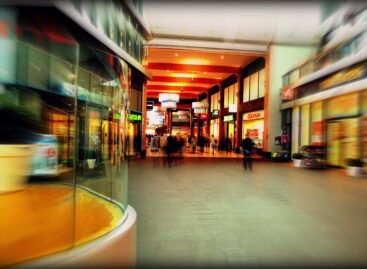25, 27, 30?
The government announced that as of 25 January, the highest rate of VAT will increase to 27 percent. This step would bring an extra HUF 360 billion to the budget. Retail was somewhat surprised by this measure as it has been proclaimed by farmers and retailers at several professional fora since the summer that the sector is going downhill. Recession lingers on in FMCG retail and households cut back on their spending in every domain. The level of unemployment is above 10 percent. Only one thing could turn the negative trend around: decreasing prices. But for the government the budget was the priority. Question is, how will consumers react to this 2-percent increase? This 2 percent means HUF 600 in the case of an average big purchasing trip where consumers spend HUF 30,000; but those who only have HUF 5,000 to spend on such occasions will buy something cheaper for that HUF 100 or will not buy chocolate or biscuits. It is highly probable that this step of the government will further reduce consumption. Retail could still take the option of reducing net prices but this is unlikely as not even two years of recession entailed deflation – on the contrary, both food and energy prices have been going up. Regarding that the 5- and 18-percent VATs are both used on a narrow circle of goods, we can be sure that consumers will suffer from the 2-percent increase in the VAT. And if sales will decline significantly, yet another VAT increase may follow.
Related news
Related news
Crowds return to stores: margin cap and year-end preparations drive retail traffic
🎧 Hallgasd a cikket: Lejátszás Szünet Folytatás Leállítás Nyelv: Auto…
Read more >The second big rush in department stores comes between the two holidays
🎧 Hallgasd a cikket: Lejátszás Szünet Folytatás Leállítás Nyelv: Auto…
Read more >Pensioner food vouchers can be redeemed until December 31st
🎧 Hallgasd a cikket: Lejátszás Szünet Folytatás Leállítás Nyelv: Auto…
Read more >



